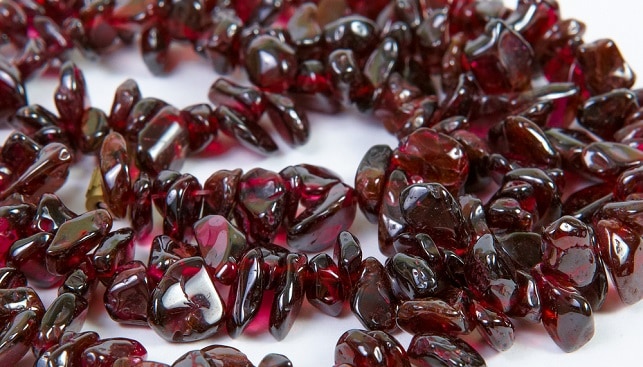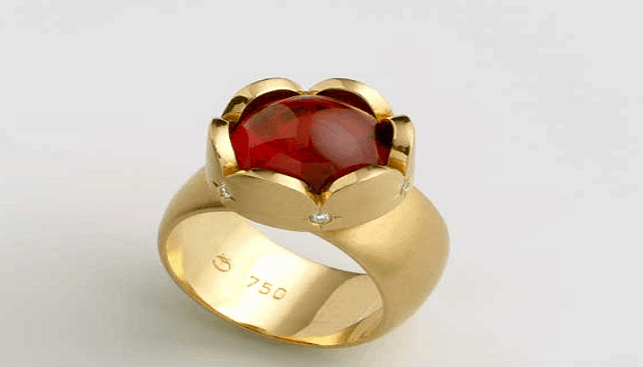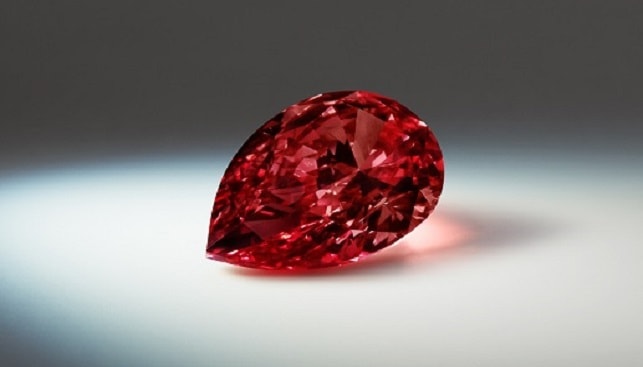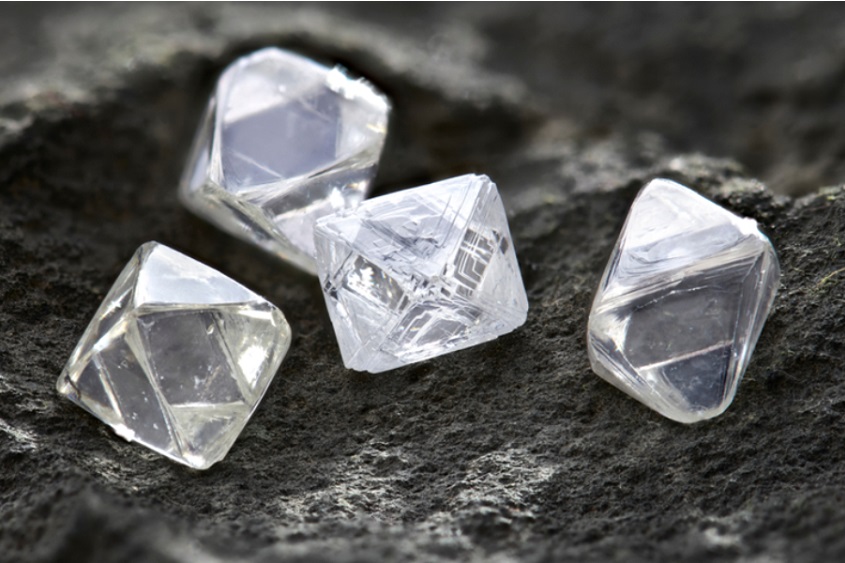Garnet, a deep-red gemstone whose shade is reminiscent of the color of pomegranate seeds, is January’s birthstone.
Garnet Stone Meaning
The origin of the name “garnet” – “dark red” – can be traced to the Latin phrase “Punica Granatum,” or “pomegranate,” as the plant’s red seeds are similar in color to the garnet’s shade of red. Almandine garnets got their name from Alabanda, a town in Asia Minor which was the center of gem polishing at the time of Roman senator Pliny the Younger, in the second century AD.
The Garnet in Judaism
The garnet is often thought to be one of the Hoshen stones – the gems adorning the ceremonial breastplate worn by the high priest of the ancient Israelites. As garnets appear mainly in red or green, some believe they may be the Hoshen stone referred to in descriptions of malachite or emerald.
According to 17th century Rabbi Eliyahu Hacohen’s Midrash, it was the garnet that was embedded in the sacred breastplate. In his writings, Hacohen credits the stone with various healing attributes, saying that wearing it around one’s neck may help to treat against epilepsy and is good for one’s memory and vision. Garnets, he added, can also “help one speak wisely and understand riddles to a degree of prophecy.”

Attributes and Healing Power of the Garnet
Garnet symbolizes perseverance and strength and is known as a “commitment stone,” which reinforces tenacity and commitment.
The ancient Egyptians hailed garnets as a symbol of life.
The stone was used for various medicinal purposes in the Middle Ages.
In India and Persia it was worn as an amulet by warriors to ward off the plague, pestilence and being struck by lightning.
Some believed that the image of a lion carved out of garnet could protect one’s health and keep them safe while traveling. The garnet’s reddish color also inspired the belief that it was good for the circulation and could help in case of hemorrhage.
In crystal therapy, garnets are used to fight poisoning, depression, hypothyroidism, back and neck pains. The gemstone is also believed to enhance emotional intelligence and rid one of sexual inhibitions.
Historical Background of the Garnet
In ancient Egypt, garnets were used in statues of Isis, goddess of earth fertility, as a symbol of her power.
Third century BC Greeks used to set wide garnets in massive gold rings. Romans carved images out of the stone.
In the 18th century garnets were set in hoop earrings, and the stone was a favorite for brooches and bracelets in Victorian England.
Various Asian tribes used garnets as bullets, believing that due to its color the red stone would inflict a more severe injury than that caused by lead bullets.
Myth regarding Garnet
Quality garnets are as bright as a flame: Legend has it that Noah used garnets to light the ark.

Mining Garnet
Garnets are mined in South Africa, Australia, Brazil, Sri Lanka, North America, the Czech Republic, Madagascar and India.
Unique Colored Garnets
Almandine
Garnet which has a reddish-purple color
Pyrope
Garnet which is a brownish stone
Rhodolite
Garnet which has a pink hue
Spessartine
Garnet which has an orange hue and is sometimes called “mandarin garnet”
Grossular
Garnet which can appear in shades of green, yellow, copper-brown and orange
Uvarovite
Garnet which is emerald-green
Hessonite
Garnet which is a cinnamon colored-stone
Tsavorite
Garnet which appears in vivid green
Famous People Born in January
Joan of Arc, Robert Burns, Jim Carrey, Elvis Presley, Wolfgang Amadeus Mozart.
| Chemical formula: | A3B2(SiO4)3 |
| Color: | Various shades of red, orange and green |
| Mohs scale hardness: | 7-7.5 |
| Specific gravity: | 3.1 – 4.3 |
| Crystal system: | Cubic |
| Zodiac: | Aquarius |
| Planet: | Mercury |
| Christian apostle: | Saint Simon |
| Kabala-affiliated angel: | Abariel |
| Hindu chakra: | Muladhara – the first chakra and the one associated with the spinal cord |
By: Iris Hortman













